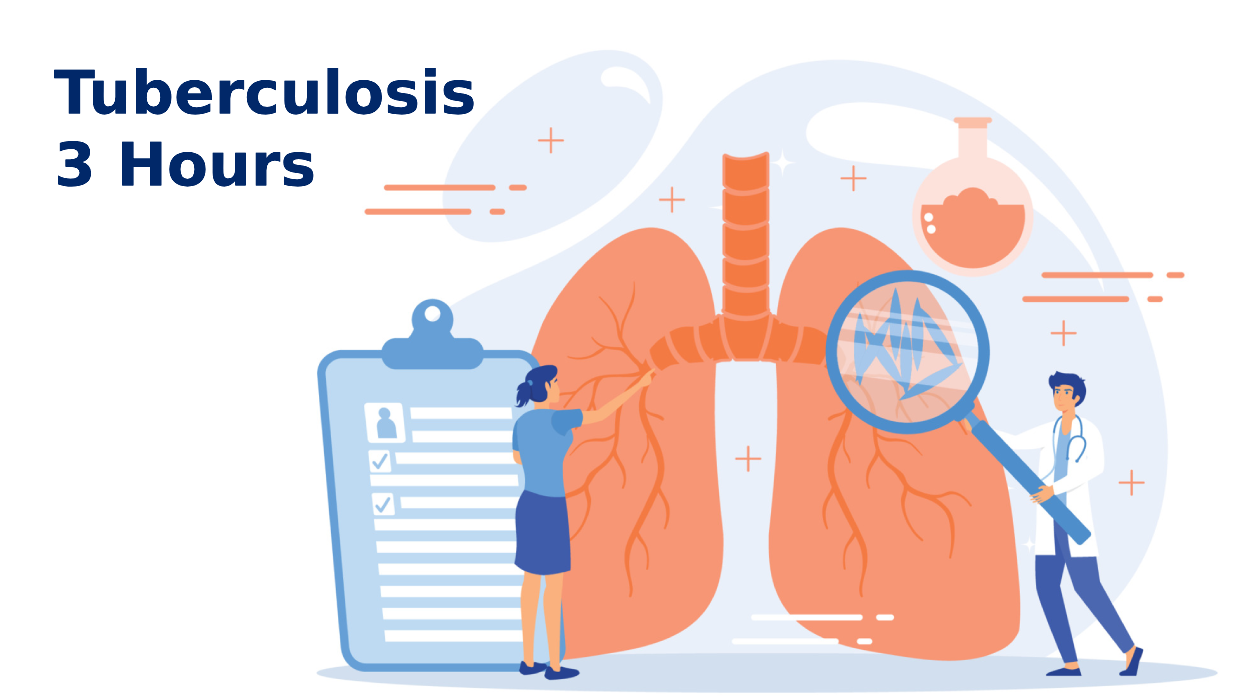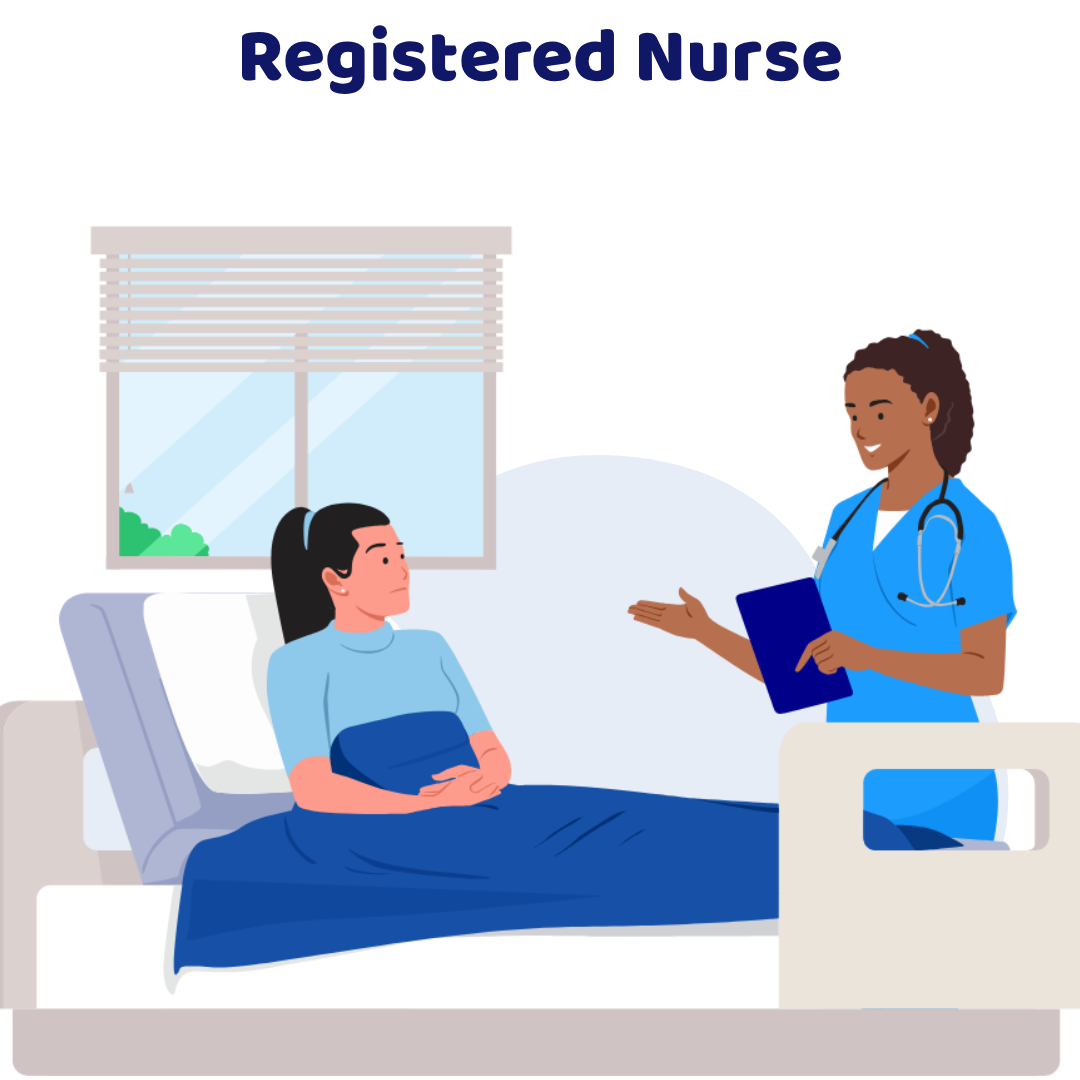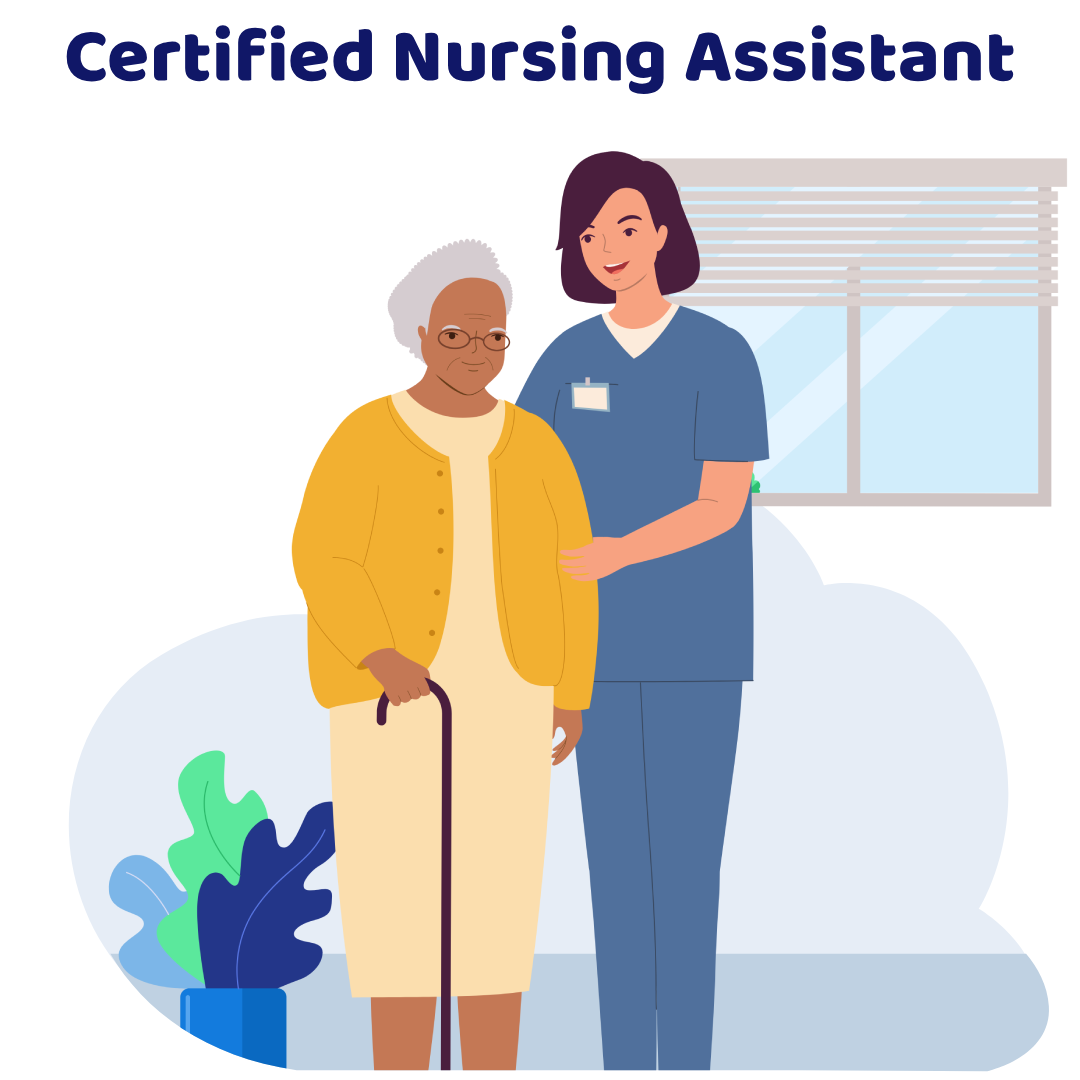
Tuberculosis
Tracking # 20-1265688
Category:
Click the board buttons to see the category.
Program Objectives:
- Understand the Epidemiology of TB: Describe the global prevalence, risk factors, and transmission pathways of TB.
- Explain TB Pathophysiology: Outline the natural history of TB infection, focusing on latent and active TB.
- Recognize Signs and Symptoms of TB: Identify clinical signs associated with active pulmonary and extrapulmonary TB.
- Differentiate Between Primary TB and Latent TB Reactivation: Describe initial infection versus reactivation and relevant risk factors.
- Demonstrate Knowledge of Diagnostic Methods: Discuss diagnostic tests, including sputum culture, X-rays, TST, and IGRA.
- Outline Laboratory Testing for TB: Understand the role of drug susceptibility testing for treatment decisions.
- Assess TB Screening Practices for High-Risk Groups: Describe routine screening practices, particularly for healthcare and immunocompromised individuals.
- Evaluate Testing and Screening for Latent TB: Compare TST and IGRA for latent infection and relevant population groups.
- Describe the Impact of HIV on TB Management: Discuss increased risk of TB progression and co-treatment considerations for HIV-positive patients.
- Identify Drug-Resistant TB: Recognize MDR-TB and XDR-TB, including treatment challenges.
- Describe the Standard Treatment Regimen for Active TB: List first-line medications, administration schedules, and treatment phases.
- Outline Public Health and Infection Control Practices: Explain strategies for TB prevention in healthcare and community settings.
- Implement Drug Therapy Regimens Appropriately: Describe drug administration, considering interactions, adherence, and resistance.
- Identify Principles for Treating Latent TB Infection (LTBI): Describe treatment goals, drug options, and criteria for preventive therapy.
- Assess Special Treatment Considerations for High-Risk Groups: Adjust TB treatment for HIV-positive, pregnant, and other high-risk patients.
- Discuss the Role of the BCG Vaccine: Describe its role, effectiveness, limitations, and recommended populations.
- Monitor Patient Response to Treatment: Outline monitoring practices, including sputum tests and symptom assessment.
- Identify Common Adverse Effects of TB Medications: Recognize side effects and describe appropriate responses to reactions.
- Understand the Importance of Directly Observed Therapy (DOT): Explain DOT’s purpose in adherence and public health benefits.
- Discuss the Need for Drug Susceptibility Testing (DST): Highlight DST’s role in managing drug-resistant TB and treatment planning.
- Engage in Effective Patient Education for TB Management: Develop strategies to educate patients on adherence, side effects, and prevention.
- Apply Cultural Sensitivity in TB Care: Discuss the importance of cultural competence in TB care and patient education.
- Interpret Guidelines for TB in Healthcare Settings: Summarize TB screening and control practices in healthcare facilities.
- Evaluate the Impact of TB Control on Global Health: Assess global TB control progress and strategies for emerging issues.
Course Overview:
This course provides an in-depth understanding of tuberculosis (TB), covering its epidemiology, transmission, and pathophysiology. Participants will learn to recognize TB signs and symptoms, differentiate between latent and active infections, and understand diagnostic methods, including laboratory testing and screening practices. The course emphasizes effective treatment regimens, including drug therapy for drug-susceptible and drug-resistant TB, and special considerations for high-risk populations, such as individuals with HIV and pregnant patients. It also highlights the importance of patient monitoring, managing adverse effects, and the role of directly observed therapy (DOT) to ensure adherence. Additional focus is given to infection control, public health strategies, and patient education to support TB prevention efforts globally. The course is ideal for healthcare professionals seeking to enhance their TB management skills and contribute to TB control efforts.




